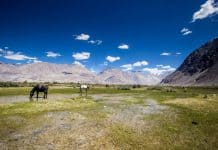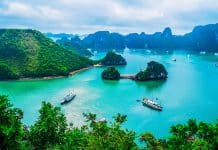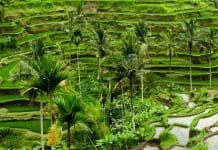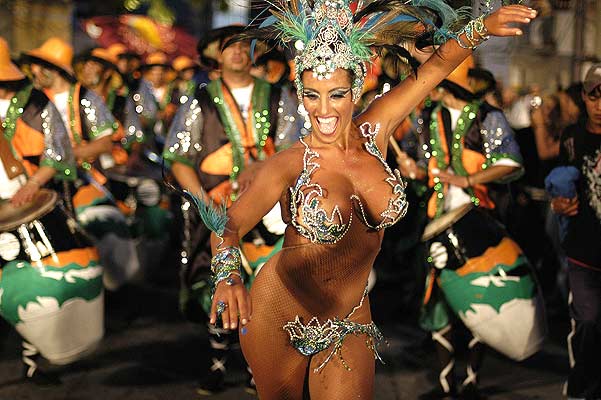Few places in the world can claim to be truly unique, but the Dead Sea surely has a better claim than most. This great salt lake bordering Jordan on the east and Israel and the West Bank on the west is called the Salt Sea or the Eastern Sea when it’s mentioned in the Bible, and it has had many other names before that was written. This is a lake with a history, to say the least, and it holds a strong allure for anyone who has an interest in the past and its connection to the present.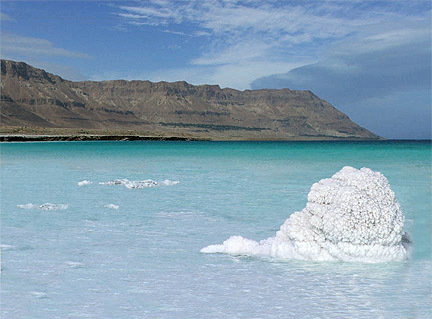
In the present, the Dead Sea is a big attraction for tourists, both history buffs and those who go for the health benefits derived from the climate and the potpourri of minerals in addition to salt that permeate the water. The lake’s surface is about 420 metres below sea level, its shores the lowest dry land on the planet. Due to climate and geography, the Dead Sea is so dense with minerals that its buoyancy will keep even a non-swimmer afloat.
The Sea is ‘dead’ because nothing can live in the extreme salinity, but not so the areas around it. Resorts that almost always include health spas have sprung up on both sides, including many such as the Sheraton Moriah (Israel side) with private beaches, fabulous restaurants and the most luxurious beneficial pampering you’ll ever encounter.
Most travellers will also want to visit Jerusalem, Israel’s capital and largest city, less than an hour’s drive (and a 400-metre climb) from the Dead Sea. Even closer are some wonderful historic sites such as ancient Greek monasteries, Roman forts including the Masada built by King Herod, with an incredible history of its own, and the stark beauty of the desert and mountains that surround this inland sea.



